Milo: The Process - 3. Medieval compositions
My picture book process for MILO THE KNIGHT, Part 3
As soon as I started imagining what Milo the Knight might look like, I knew I wanted to design the book like a medieval manuscript, with decorative borders and marginalia. That involved doing some research into illuminated manuscripts.
This is the third post in my making-of series about my upcoming picture book Milo the Knight, coming out this Fall. So far, we’ve looked at how I’ve designed the beetle knights and jesters and the main character of the story. This time, we’ll focus on how I came up with compositions inspired by illuminated manuscripts in my quest to define the visual language for this picture book.
If you’d like to preorder the book, you can do that here:
(Thank you!!!)
Illuminated manuscripts
Each picture book can be taken as an excuse to delve deeply into really niche stuff. As a nerd at heart, this is a real joy. This time around, nerding out meant reserving a bunch of books on European manuscripts from the Middle-Ages and the Renaissance from the library. I have loved illuminated manuscripts for a long time and this medieval picture book felt like the perfect opportunity to bring them into my work.
Illuminated manuscripts are works of extreme care and effort, painted by hand by monks or illuminators. The slow, painstaking process of painting illuminations feels somewhat akin to that of illustrating picture books with coloured pencil (which is definitely monkish at times), and, in that sense, it seemed doubly fitting to look at manuscripts for inspiration.
They combine text and images in really surprising ways that I knew would spark ideas for how to design the book on the page. Plus, they’re just beautiful. I mean, how great are these:
And this one which is my absolute favorite:
Reverse engineering illuminations
I decided to draw thumbnail sketches from manuscript pages to further my understanding of how they were composed and to create a “library” of medieval compositions to go back to as I work on the storyboard for the book.
Thumbnail sketches are tiny, quick drawings used to work out the composition and layout of each spread in a book. As an example, in case you don’t quite know what they look like, here are a few of my thumbnail sketches in which you can see me working out the composition for a spread of my first picture book, The Magic Cap:
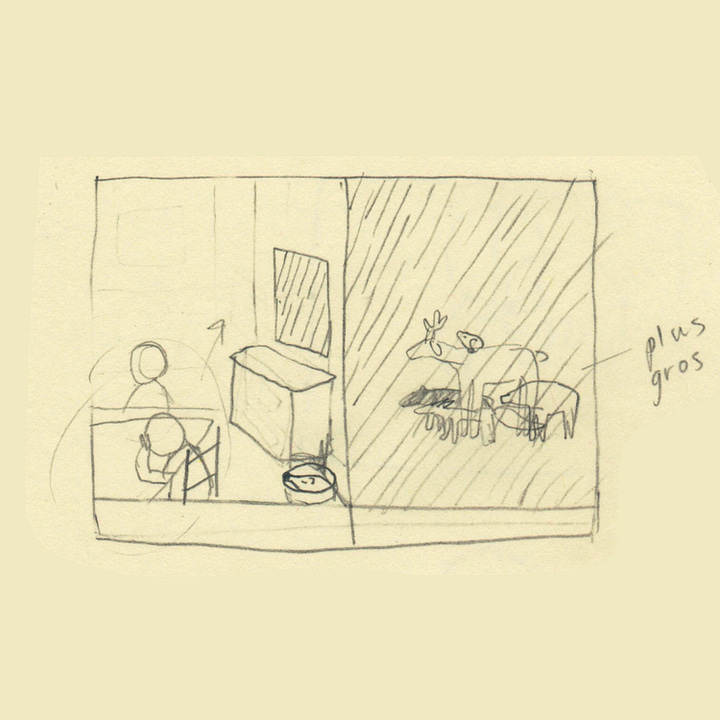
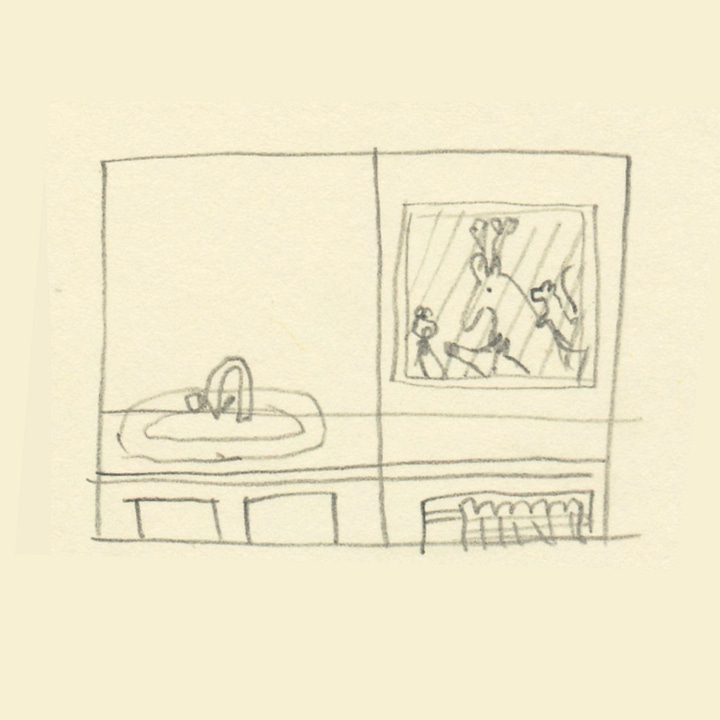
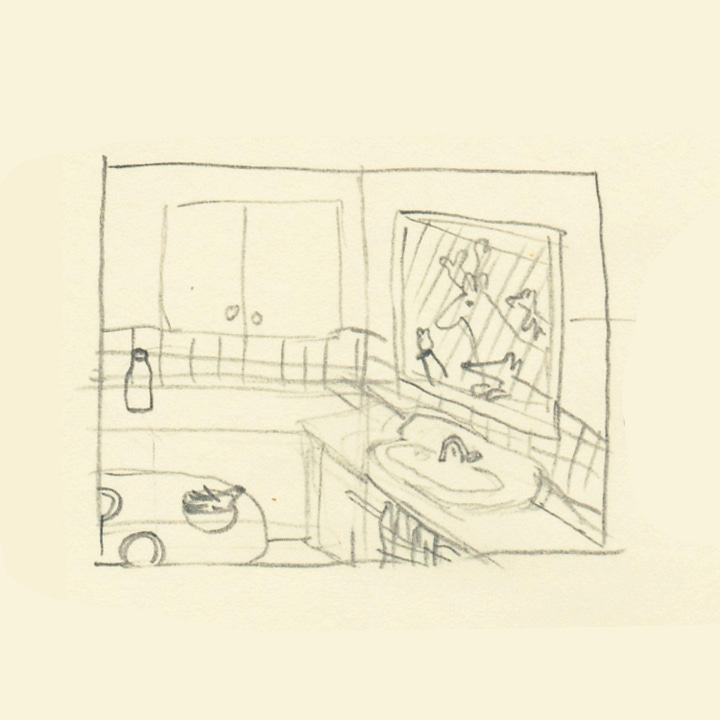
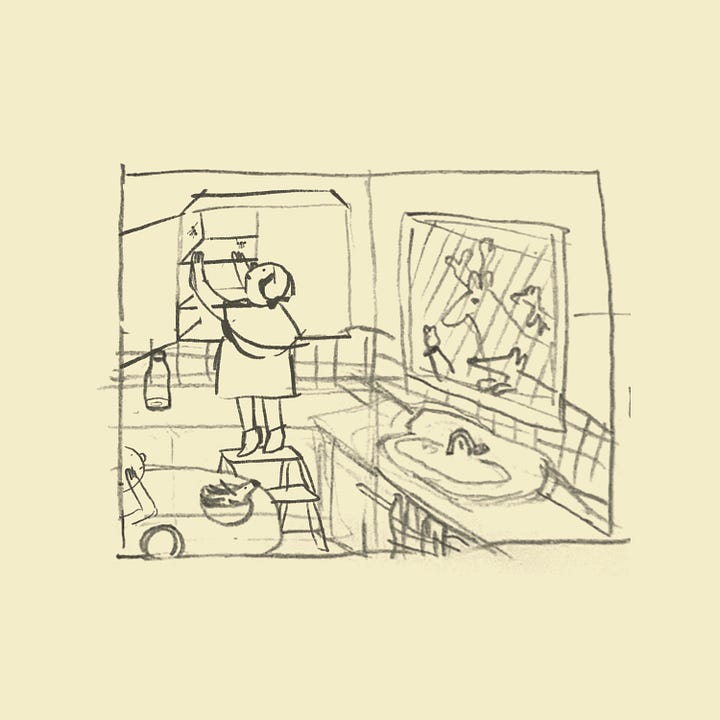
In this case, as a way of studying illuminations, I used thumbnail sketches to reverse engineer the compositions of medieval illuminations.
As an example, here is a page of the Cocharelli manuscript and the thumbnail I drew from it:
And here are more of the thumbnail sketches I drew from illuminated manuscripts:
All hail Anne!
Then, I found out about the Grandes Heures of Anne of Brittany, a wonderful book of hours in which the illuminator, Bourdichon (what a name!), painted 337 species of plants from Anne’s garden in the decorative borders, one species at a time and in a realistic style. He added a bunch of insects and small animals in the borders too, which makes them all the more compelling.
Here are a few pages from that manuscript:
I didn’t want my decorative borders to be too geometric. I wanted them to feel organic. These floral illuminations were just perfect.
I tracked down the last copy of this book in Montreal bookstores after renewing it 12 times from the library. It shows all the plant paintings from the Grandes Heures of Anne of Brittany. I turned to it a lot during the storyboarding step.
People in the margins
Grégoire Laforce’s text for Milo the Knight has elements of voice that made me think early on that it would be really neat to have a narrator on the page. My first idea was to have Milo of the future as a narrator (the knight turned jester tells his own story, which felt all the richer because Grégoire himself is a military man turned author) - but that ended up being too meta and complicated. I still wanted a narrator, and the fact that the story included a band of jesters gave me a good reason to make him some sort of musician or court entertainer. Plus, I found out that there are a lot of animal musicians in the marginalia of medieval manuscripts!
That gave me good material to start to imagine my narrator and how to include him in the decorative borders. I’ll show you what he looks like in the next post!
In the next post, you’ll see how all of that research made its way into the storyboard for the book. Storyboarding might just be my favorite step of the picture book process - I hope you’ll enjoy it too! Subscribe so you don’t miss it:
Thank you, friends, for being here!




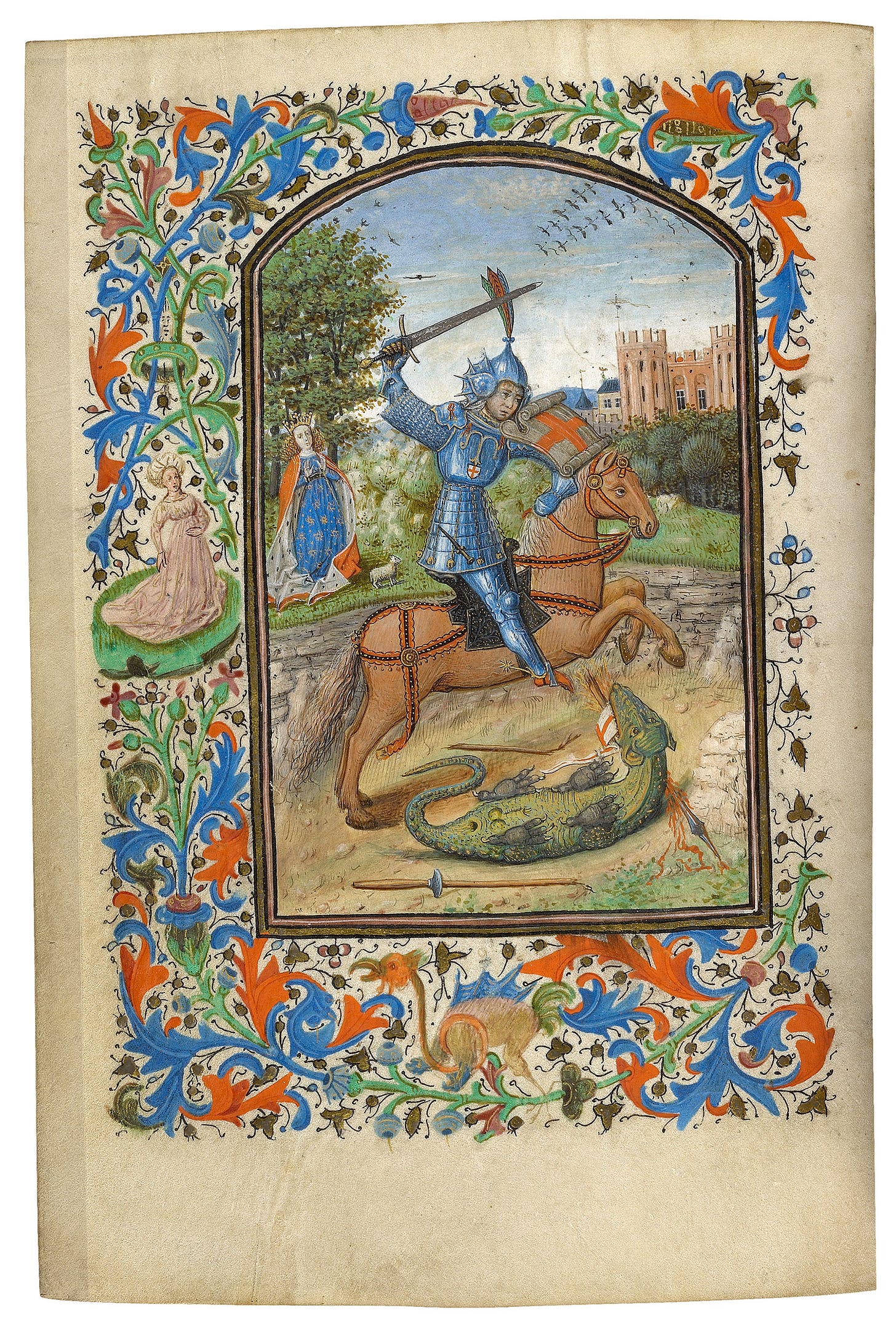
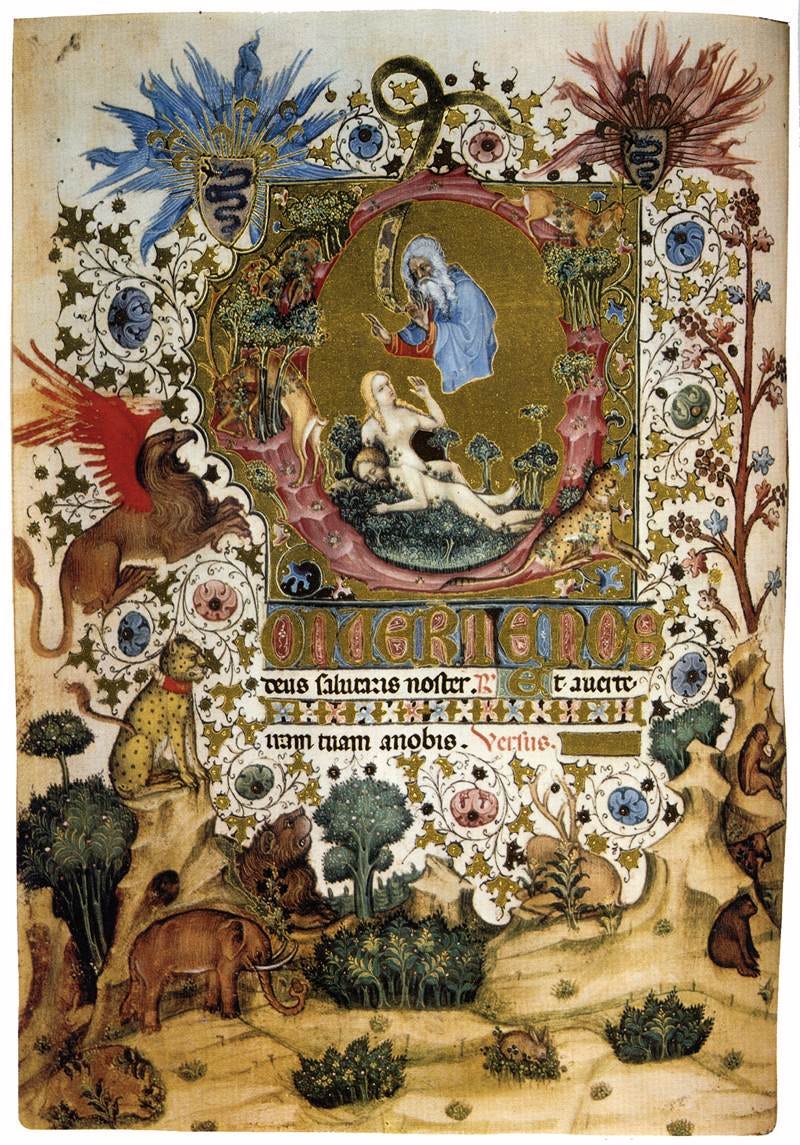
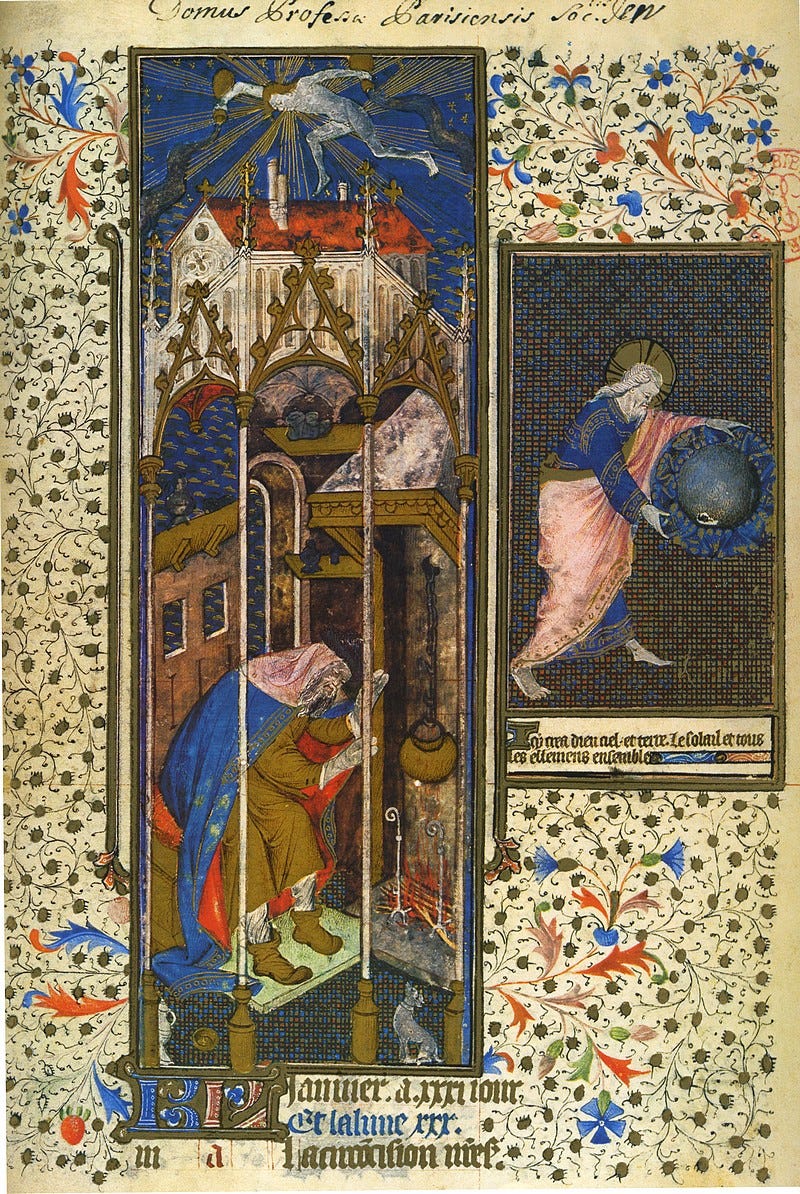
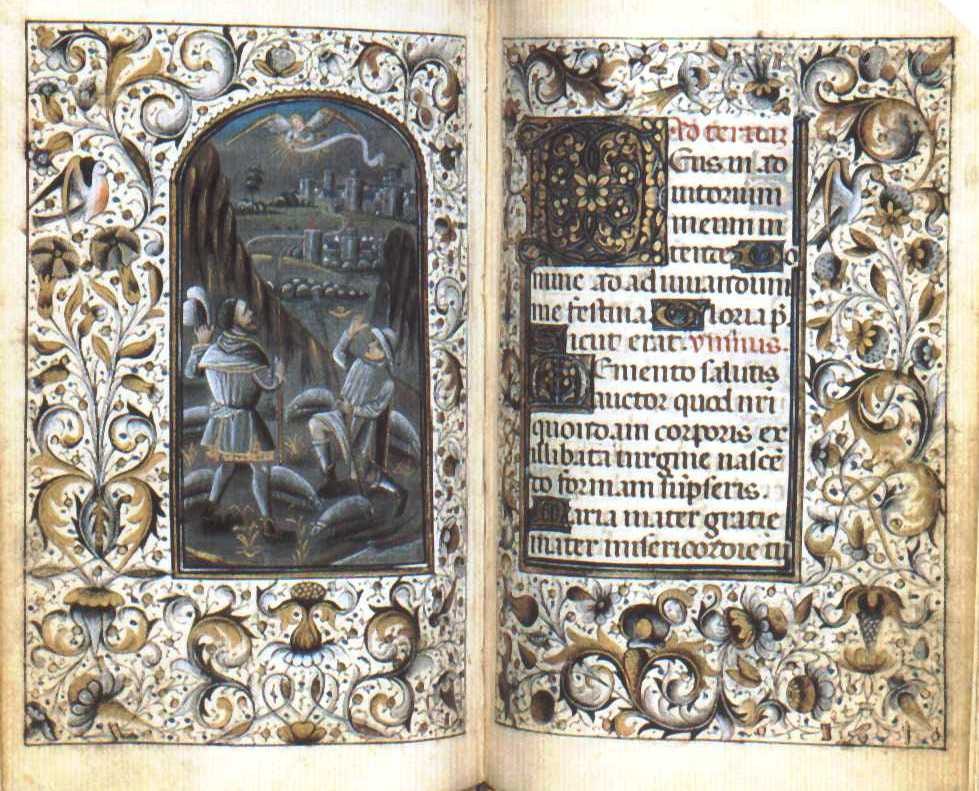
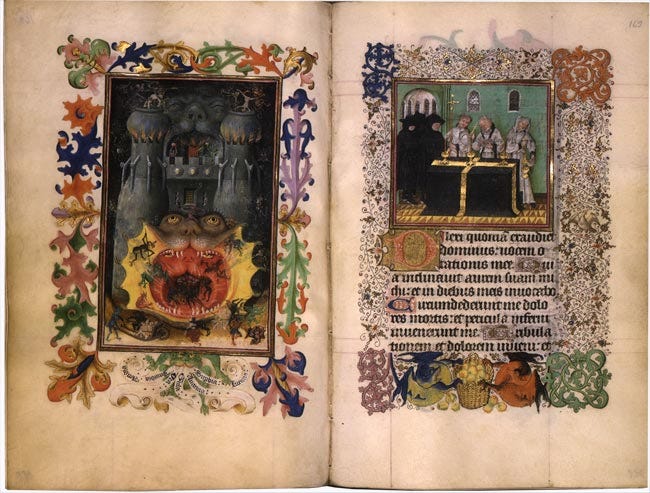
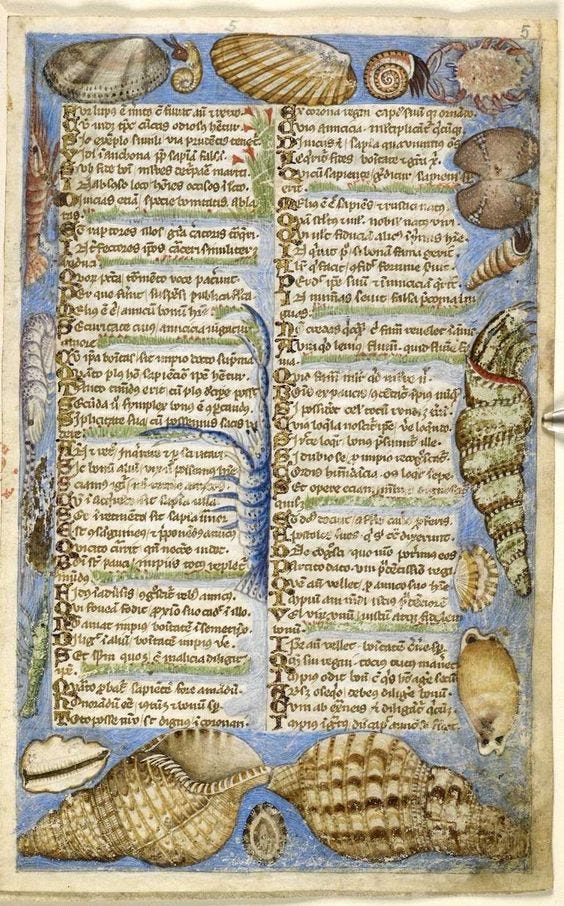
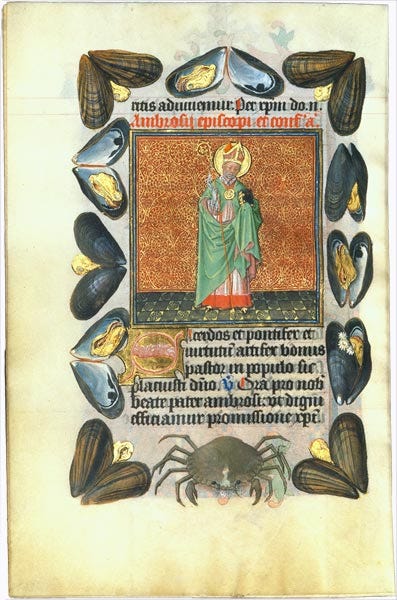
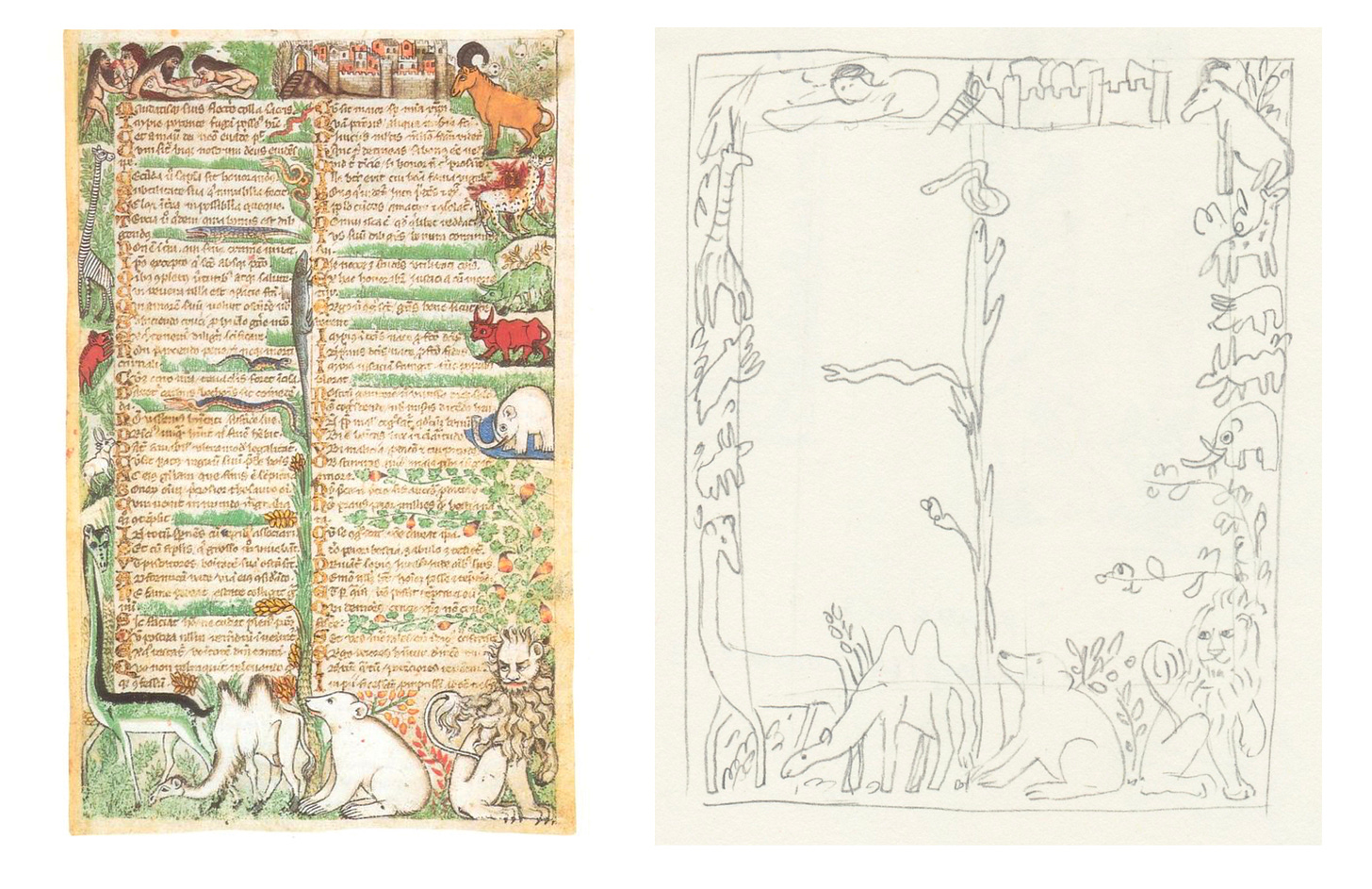
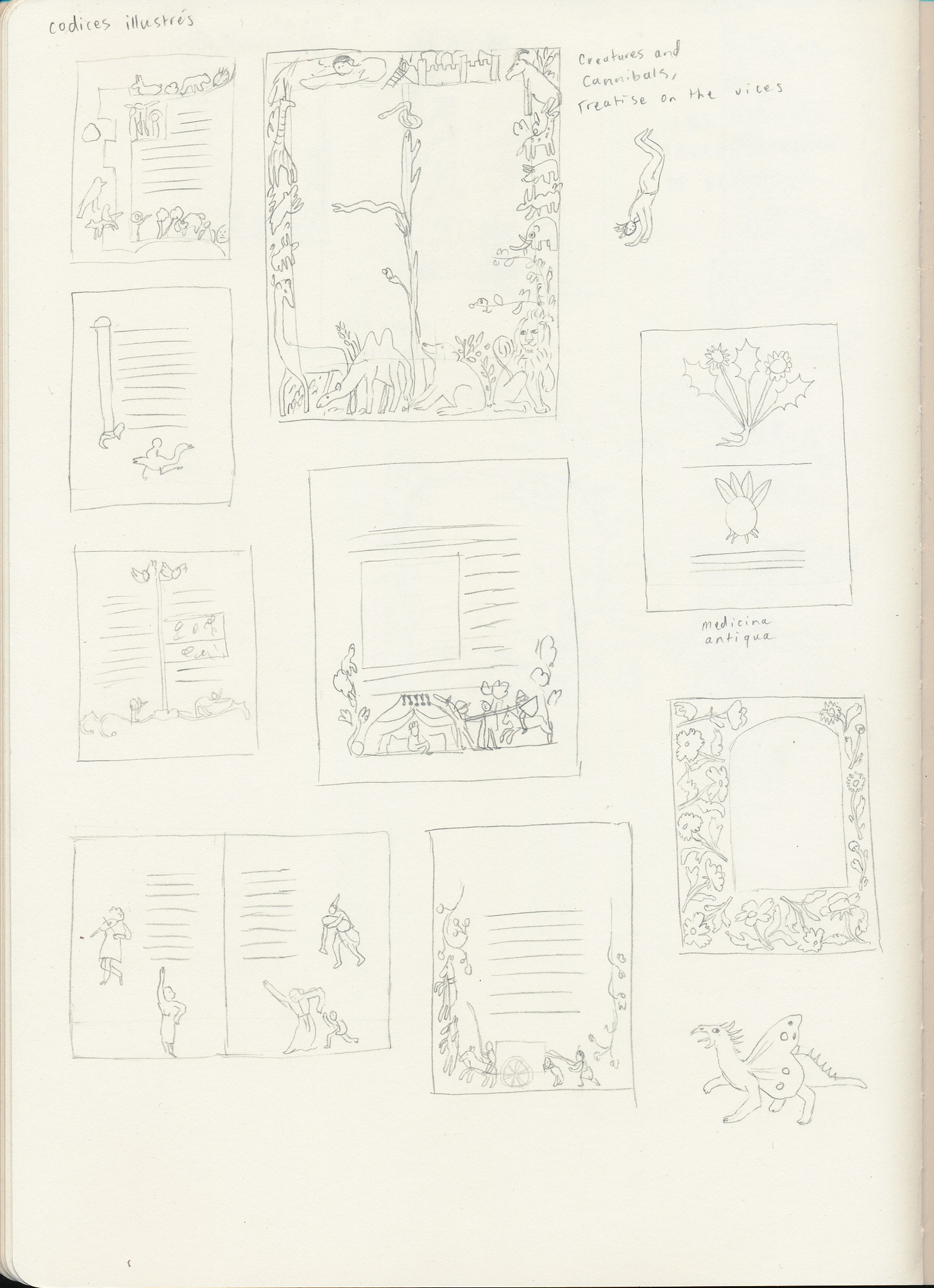
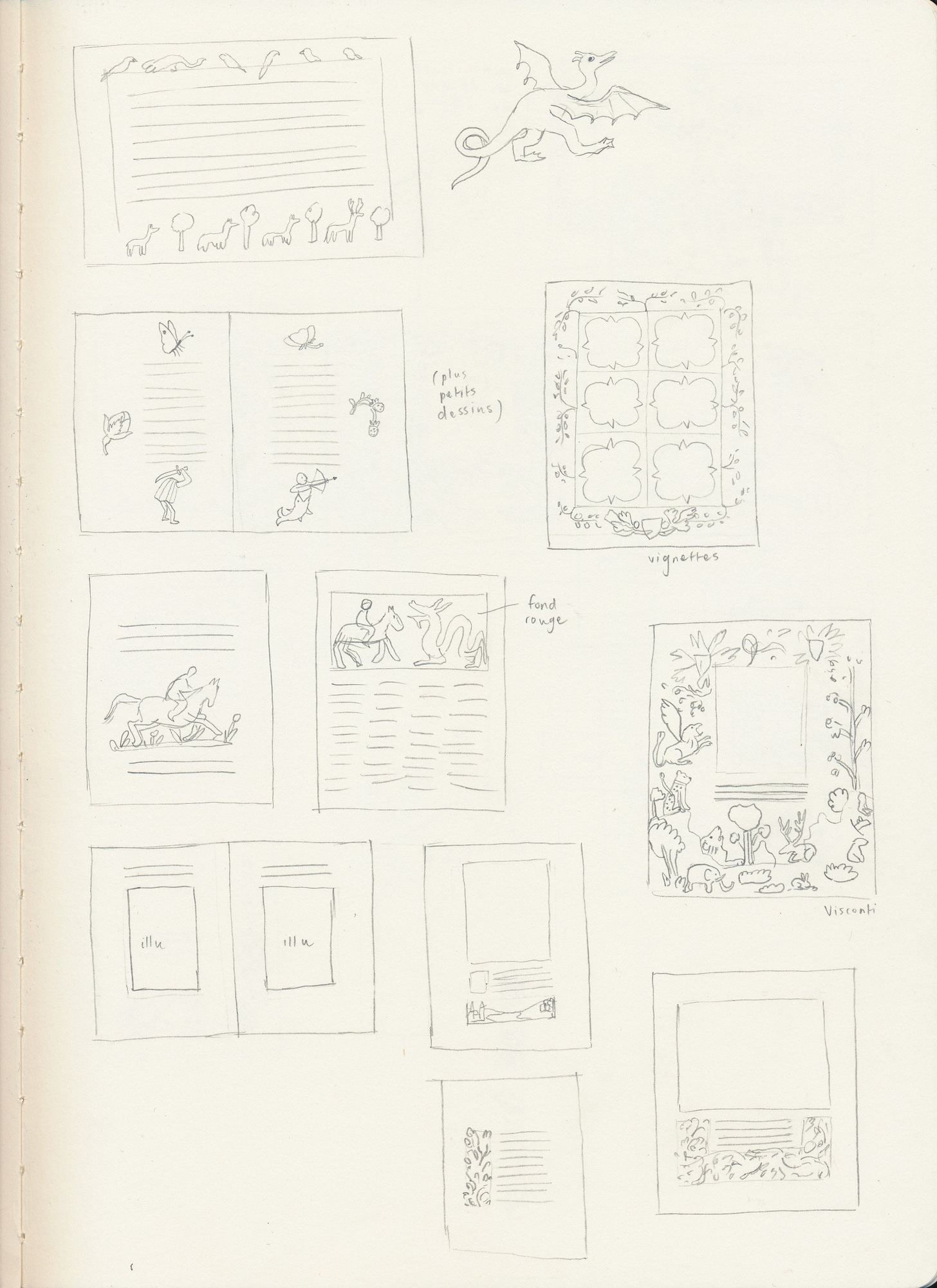
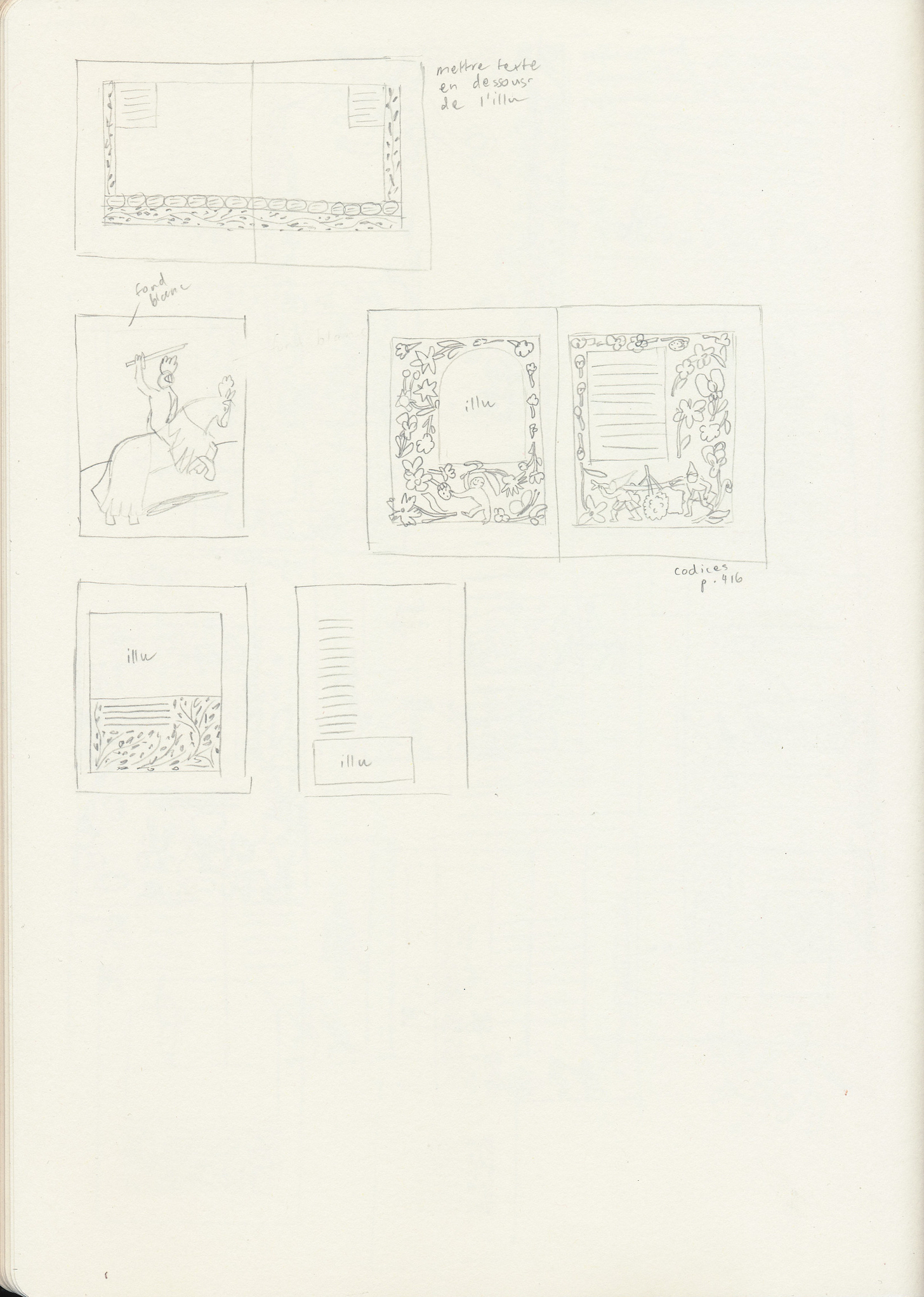
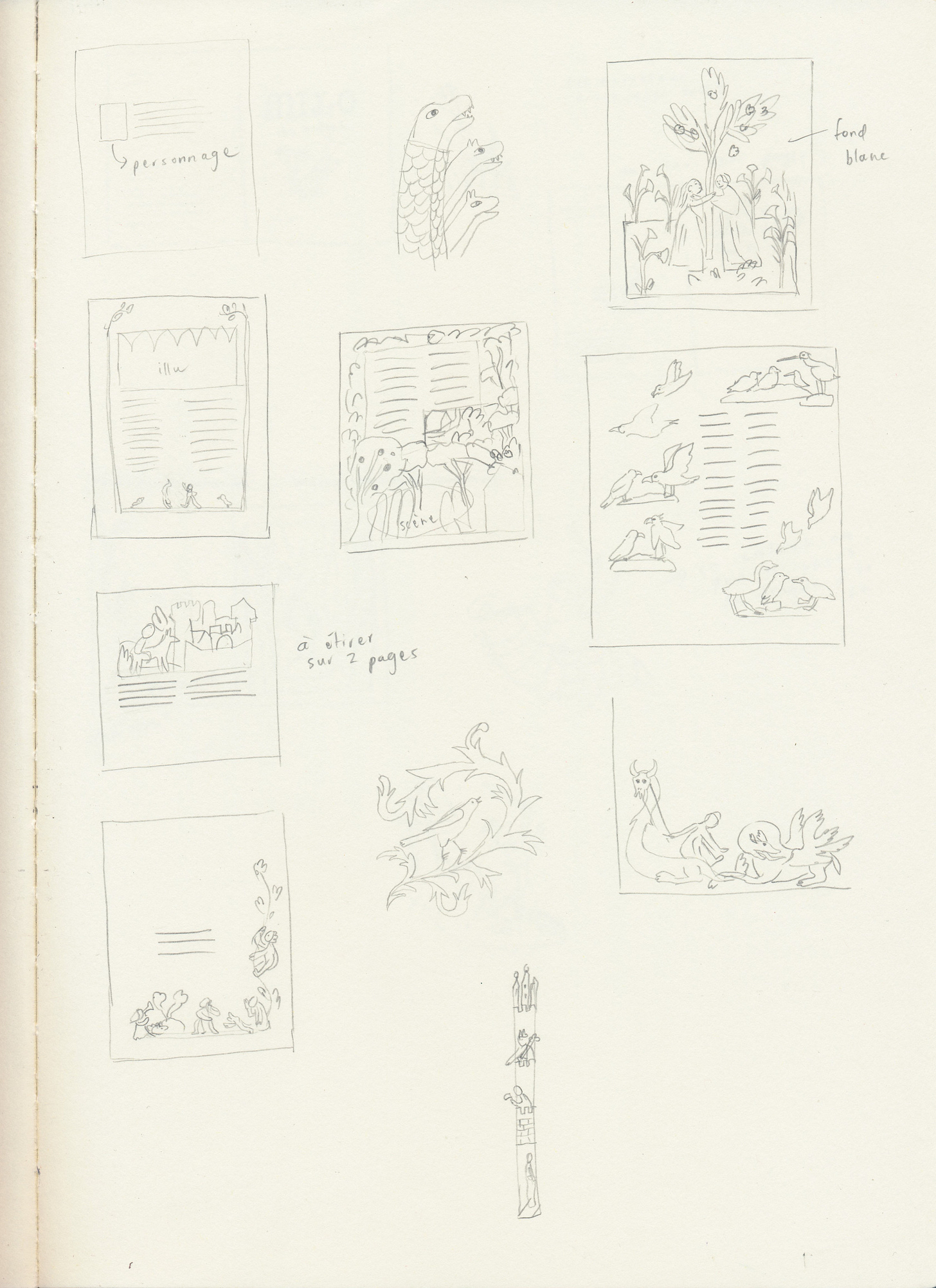
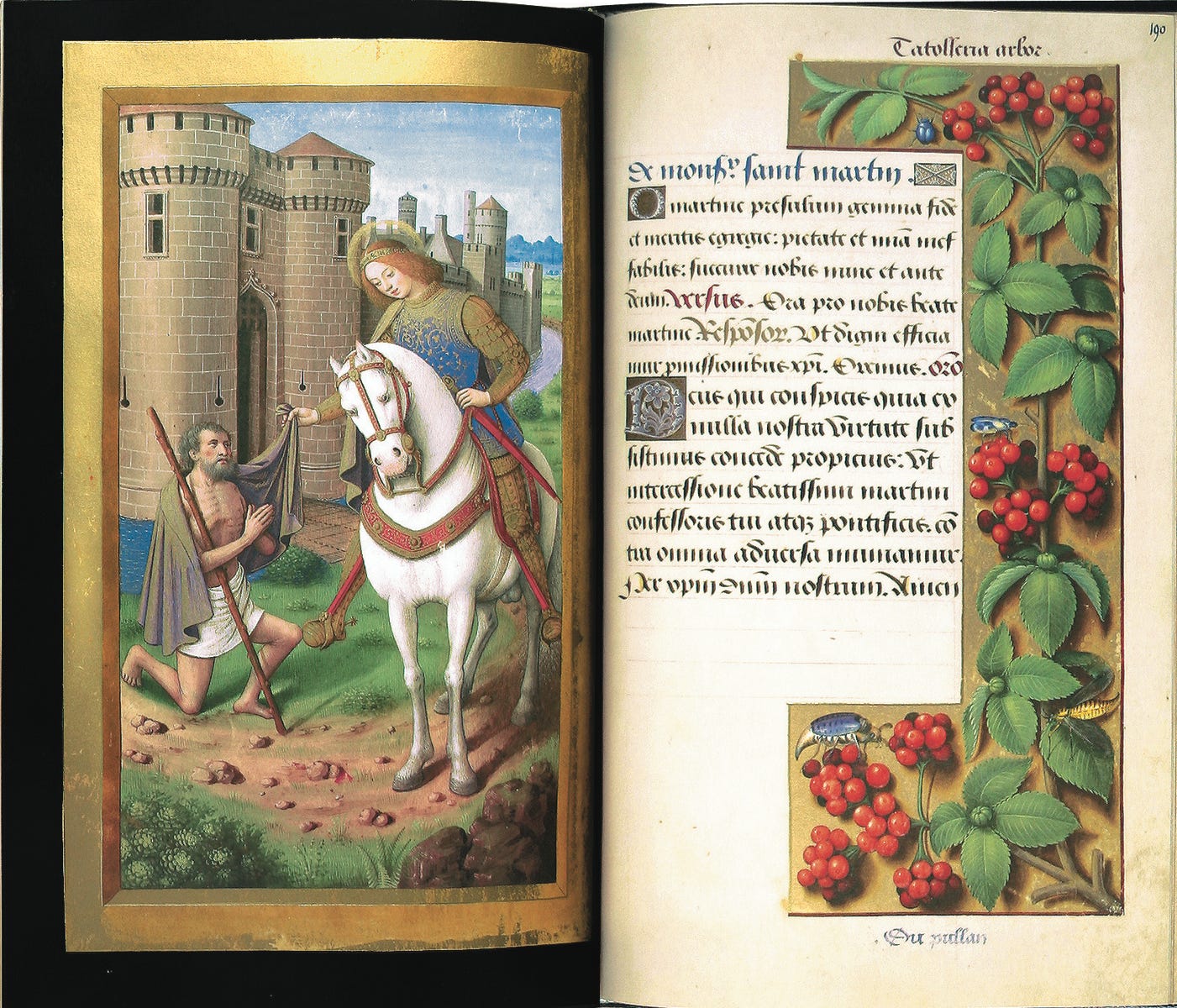
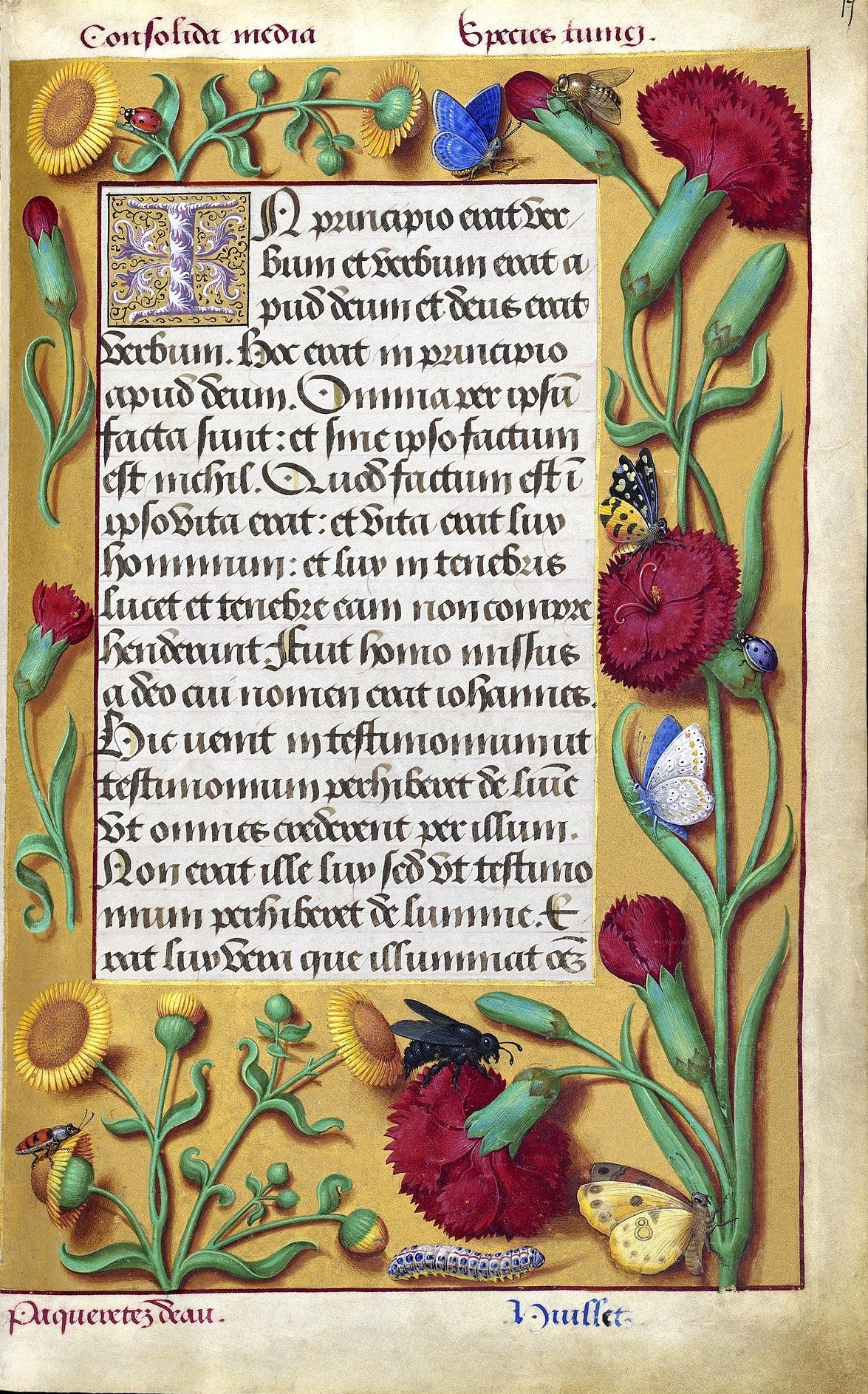
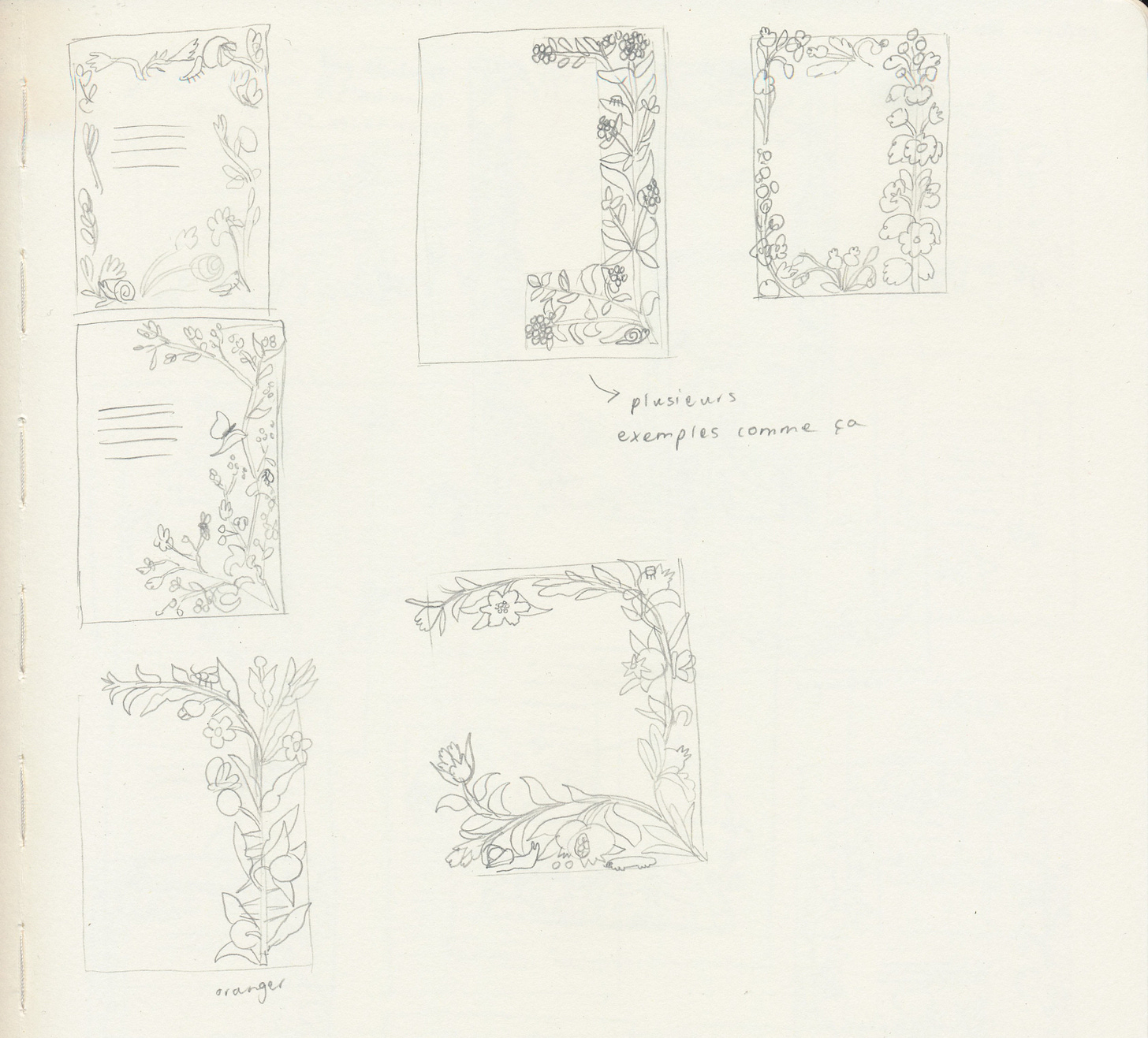
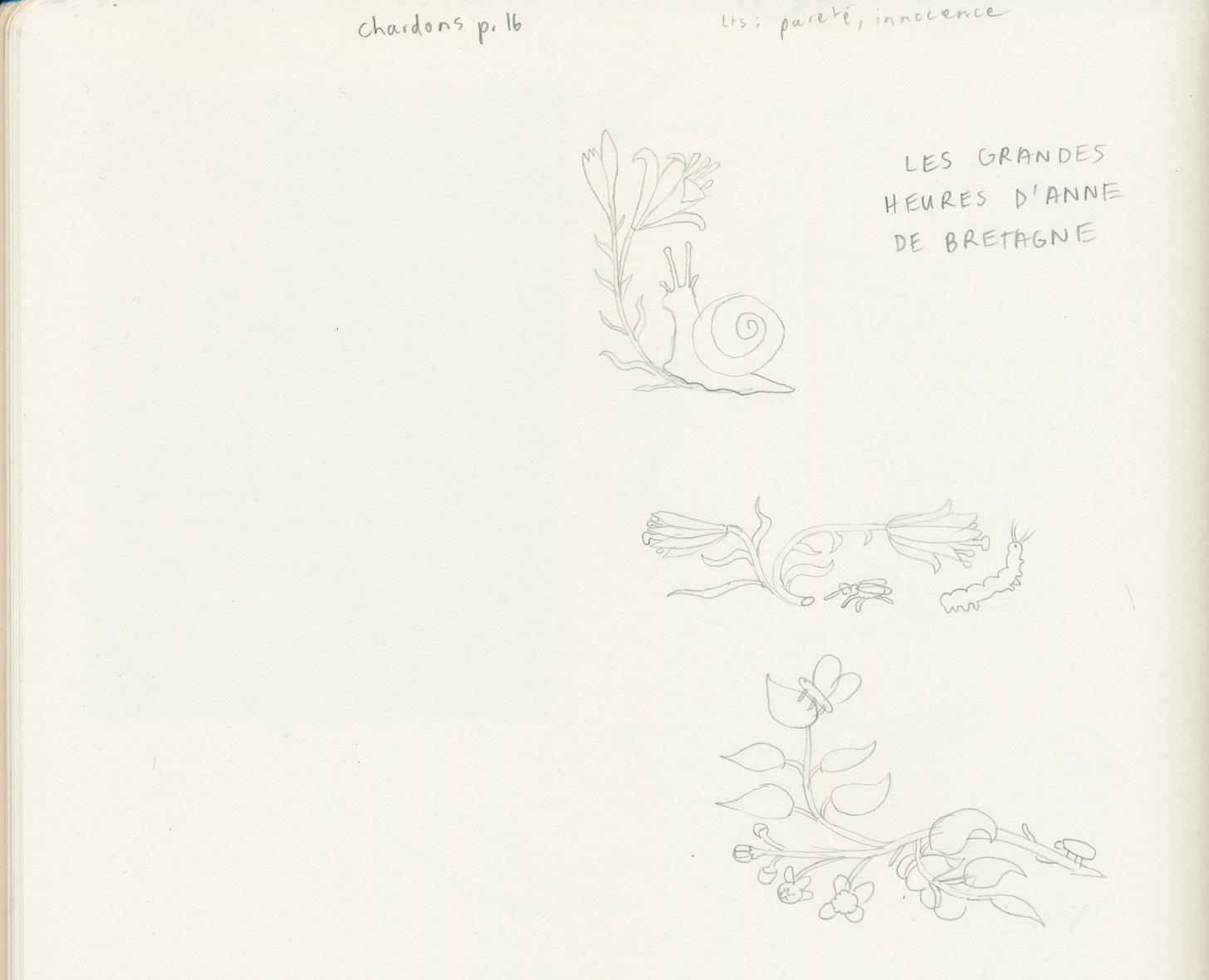
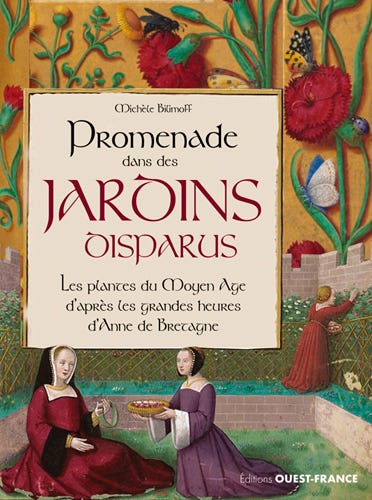

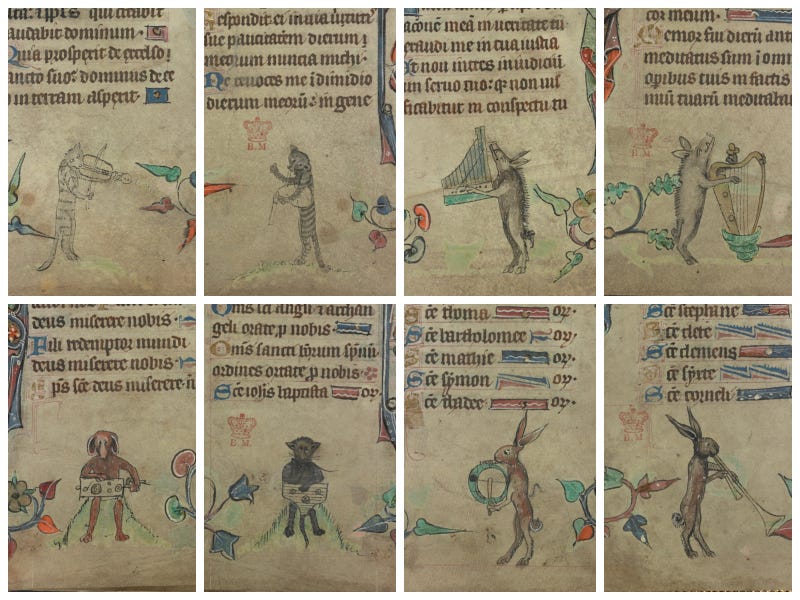
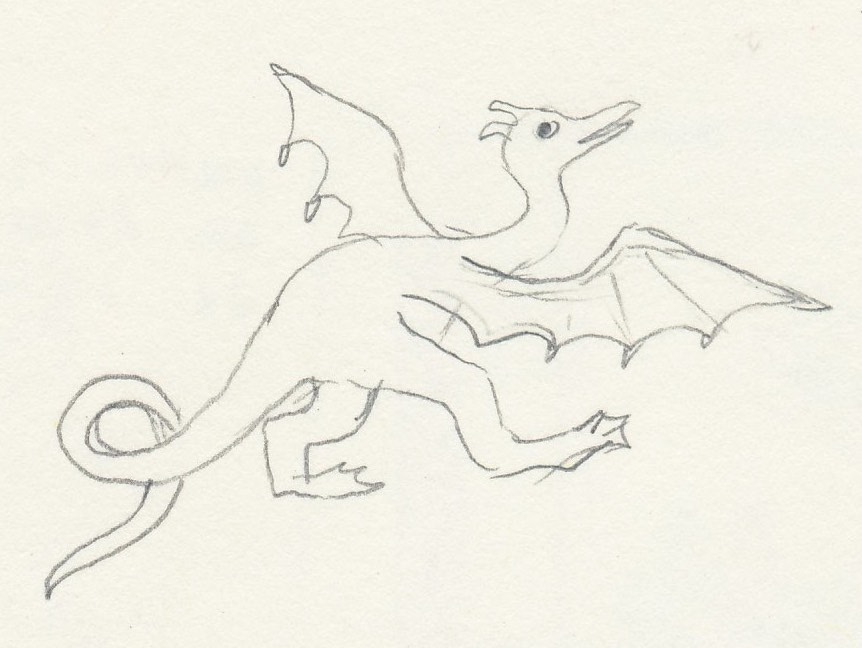
This is SO great! I can't wait for this book!
Absolutely loving this series! Really like seeing your sketches and reading about your thought processes :) What a fun rabbit hole to go down during your research, loved looking at the medieval manuscripts and how you interpreted them!